2008 Range Rover Sport – Click above for high-res image gallery
Driving a Range Rover Sport is like wearing an Izod circa 1980-anything: everybody immediately knows what you're about. And that's not a bad thing. We never wore Izods, but we'd drive this thing all day long -- and in fact, we did. The sport is supposedly the Range Rover for people who just want to go from work to the golf course to the watering hole, and don't need to traverse the Andes do it. Turns out, though, that it's suitably equipped for both. Follow the jump for the rest of the Rover story, and check out the gallery of hi-res shots below.
Photos Copyright ©2008 Jonathon Ramsey / Weblogs, Inc.
Back in 2006, the Range Rover Sport was part of a new response to a multi-part question: what if I want a Land Rover that's not as expensive and full on as the Range Rover, still has some Land-Rovery-ness to it, but could do the business off-road if I needed? Previously the Discovery was the only answer to that question, and it was a fine SUV, but it was a steep step down from the Range Rover.
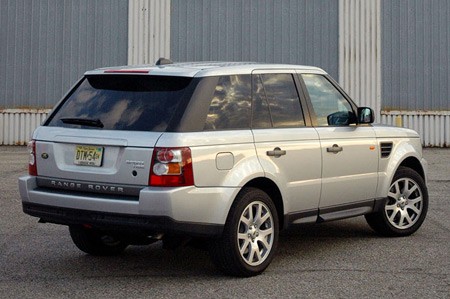
So Land Rover split things up, creating a Range Rover Sport for the road-going trendy Rover set with (almost) no off-road aspirations, and gave the LR3 an even heavier dose of chunky Land Rover looks for those who probably still wouldn't go off road, but wanted to look like it.
And the Sport has become an accessory par excellence. There is no question as to what it and its drivers are about. And again, that's not a bad thing -- we are fans. In making the RR Sport what it is, and keeping it distinct from the Range up top, Land Rover didn't rob it of the characteristics that define the brand. The Sport is a Land Rover all the way, which is both good and not-quite-so-good-but-certain-to-get-better.
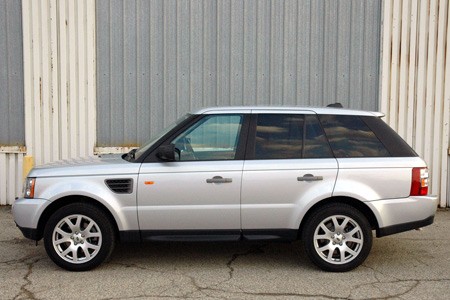
First and foremost, you can take the Sport through the muck and it will do its duty. We took it for a spin at the Land Rover Experience in Carmel, California, which is slow-going expedition-like off-roading. At 6.8 inches of ground clearance, it has about two inches less than the Range Rover in its normal guise, but that jumps to nine inches when in off-road mode and almost 12 inches in emergency situations. The Sport will climb, ford water (up to almost 28 inches), surmount, and descend with the capability you expect.
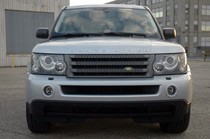
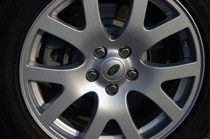
The styling is all Rover, all the time: brick-like aero, upright stance, slab sides, clamshell hood, roof with eaves, and a black, blade-like D-pillar. Several people commented that they thought the long rear overhang made the Sport look old, or outdated. True, you wouldn't call the aesthetics up-to-the-minute, but Range Rovers have looked like this forever. Not the latest in hip, it does have staying power, though; 15-year-old Range Rovers are still good looking vehicles... if you like Range Rovers.
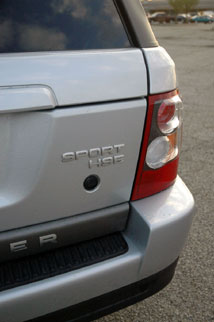
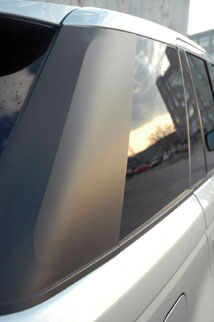
The interior finish, though, is fantastic. The same people who commented on the long-toothed exterior design then got in and said they loved the fit and the wood and leather. The hides feel thick, the lumber feels stout, the brightwork is muted, the knobs and buttons are solid and move without play.
However, the long rear overhang doesn't translate into much rear seat room. It's fitted back there -- comfortable, but fitted. We could even do a long haul and relax, but we'd still be thinking, "If there were just a couple more inches back here, things would be perfect."
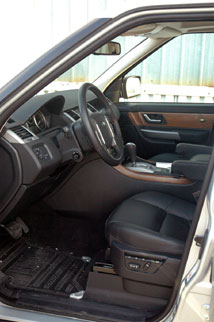

It was in some of those other interior details that the trials of Land Rover (and Jaguar) came out. The trial in question being a lack of money from the parent company to make the truck what, we believe, the boffins and Land Rover would really like it to be. The Sport starts at $59,000 and comes with air suspension and power everything. The armrests are height adjustable. You can get things like full-color navigation, in-dash 6-disc changer, adaptive cruise control, and rear-seat entertainment. It's got five terrain modes that will automatically set the truck up for the condition you're trying to get through and the climate controls are ridiculously easy to use.
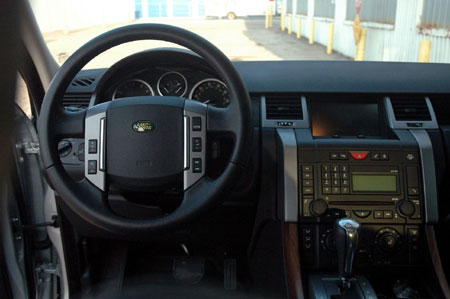
But the radio screen is a green, monochrome affair that took us back to our eighties-era PC. The horn is employed using only the thin metal bars on the steering wheel, which is not ideal when trying to express your displeasure with that guy who just cut you off. The navigation screen is beautiful, but it needs a deeper hood; it washed out almost entirely in numerous daylight situations. There's no place to plug in a portable device -- the 'Aux' button is for XM Radio. There's an aux port in the rear where folks get screens and headphones, though. The rear liftgate is manually operated and it's heavy, and there's no indentation in the lower inside edge for pulling it down. You simply grab the top of it where copious amounts of road grime have collected due to the enormous vacuum back there, and pull... then wipe your hands. Also, the dome light is just in front of the rear view mirror. At night, because the rear view mirror darkens in response to headlights, it goes completely black when you turn the dome light on.
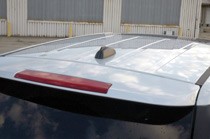
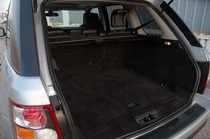
Those are details, and while they were important enough for us to notice, they weren't dealbreakers. There's plenty of room in the driver's chair, and the Sport was smooth and quiet enough for two 5-hour driving stretches with nary a hint of unease. We also like that you get a Hold On! handle above the driver's window. And when you put the car in reverse, both side view mirrors point downward, not just the one on the right. It's a boon on one-way streets and off road.
When it came to driving, the phrase was civilized, stable progress. Instead of the supercharged version, we drove the standard HSE with a 4.4-liter V8. The 300 English ponies are charged with lugging 5,468 pounds and they neither slouch nor raise hairs. Via the 6-speed automatic, sixty comes up in 8.2 seconds, about a second slower than the supercharged model.
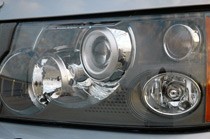
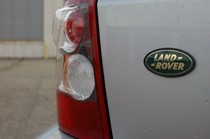
When you have to get on it, kickdown comes quickly. The Sport doesn't shoot and squirt, but if you drive it like you're driving an SUV, you'll get into the space you're aiming at and you won't need a pocket watch to measure your progress.
The air suspension also remained firm enough to give a driver confidence during high-speed turning maneuvers, like sudden lane changes or trying to catch that turn you almost missed. Again, you don't want to throw it around, but you won't be afraid to do so when the time comes. This was additionally surprising because the adaptive steering rack is, well, rather good at adapting. There are only 3.1 turns-to-lock and the turning circle is a paltry 37.7 feet, but the Sport never feels anything close to nervous or snappy.
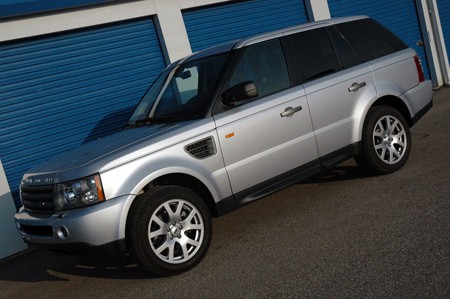
And all of these things -- stately, air-suspended, leather-bound progress -- is why the Range is a success at what it does and what it represents. As with many other luxury vehicles, few of its buyers will discover its limits (and frankly, we could say that of a fair number of not-so-luxury vehicles, since cars have simply gotten that good). And with all that you get, you won't need to make absurd compromises in order to justify buying one. It isn't an everyman vehicle, a fact which is only incidentally related to its price, in the same way Izod -- or rather, Lacoste, these days -- isn't an everyman brand. But like that little alligator, for those the Range Rover Sport does represent, it speaks very well and in no uncertain terms.
Photos Copyright ©2008 Jonathon Ramsey / Weblogs, Inc.
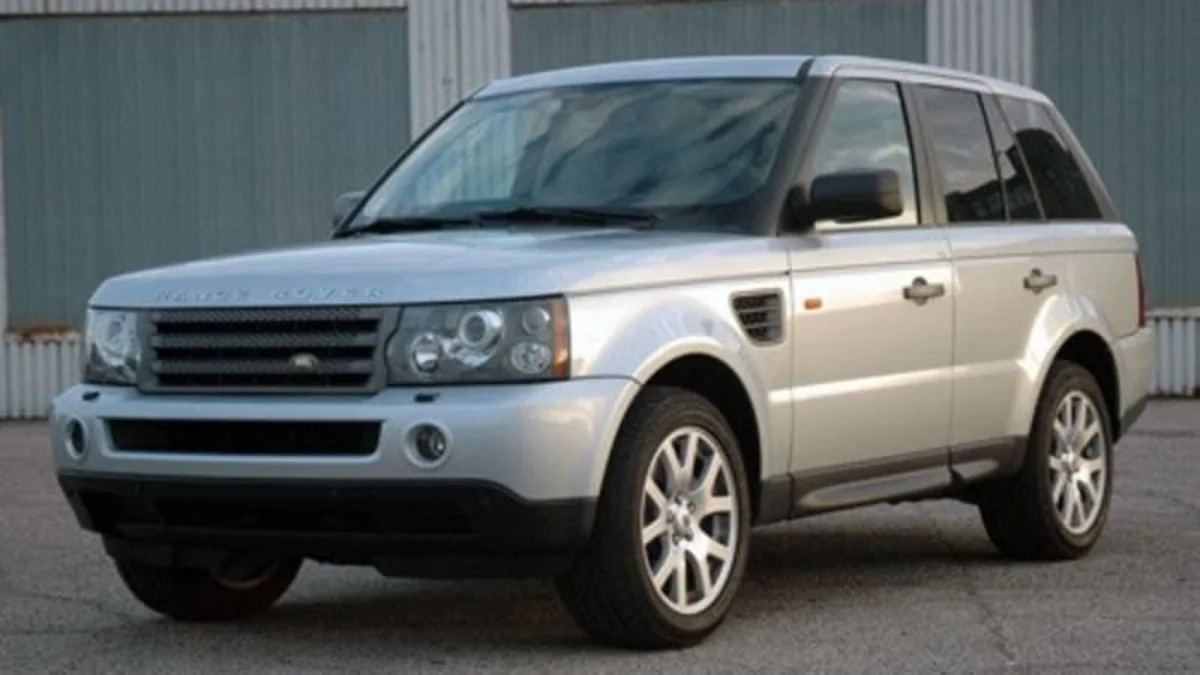
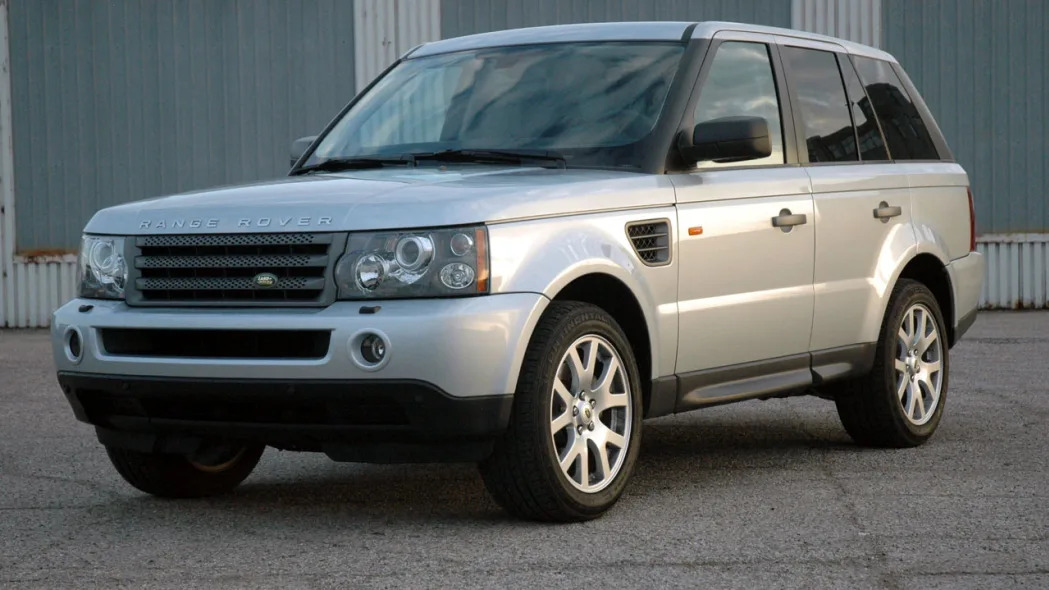

Sign in to post
Please sign in to leave a comment.
Continue